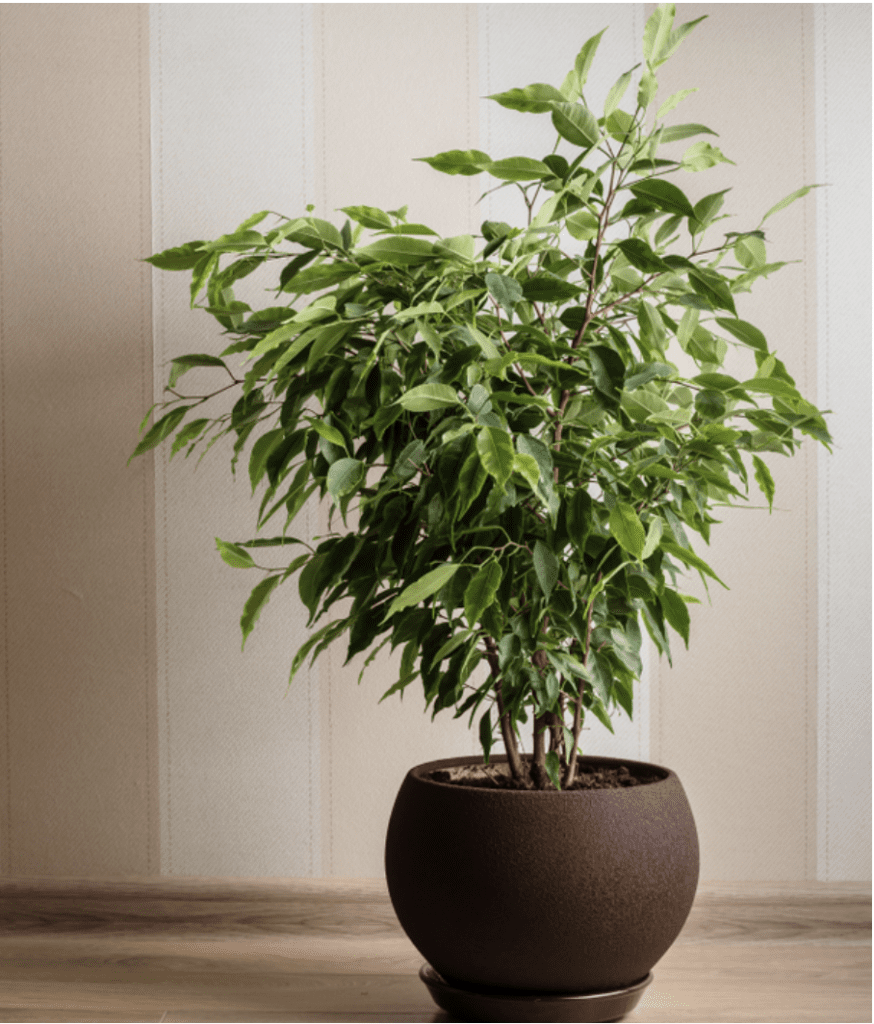Daniel Salzler No. 1230
EnviroInsight.org Three Items December 1, 2023
—————Feel Free To Pass This Along To Others——————
If your watershed is doing something you would like others to know about, or you know
of something others can benefit from, let me know and I will place it in this Information .
If you want to be removed from the distribution list, please let me know.
Please note that all meetings listed are open.
Enhance your viewing by downloading the pdf file to view photos, etc.
The attached is all about improving life in the watershed through knowledge.
If you want to be removed from the distribution list,
please let me know. Please note that all meetings listed are open.
Check our website at EnviroInsight.org
- As We Enter Into The Season Of Over Eating, Over Spending, And More,There Are A Few Things We All Should Know.
On-Line Shopping Scams Answers at the end of the newsletter
- Which of the following age groups is the most susceptible to online fraud?
a. 20 to 29 year olds
b. 30 to 39 years olds
c. 40 to 59 year olds
d. 60 to 79year olds
2. Who pays for online credit card fraud
a. The Consumer whose name is on the credit card
b. The bank that issued the credit card
c. Merchant that processed the transaction
d. The party that used the less secure technology to process the transaction
3. How much money is expected to be lost globally to online/ e-commerce fraud in 2023?
a. $480 million
b. $4.8 billion
c. $48 billion
d. $480 billion
e. $4.8 trillion
|
4. Which global region suffers the largest amount of online fraud?
a. Europe
b. North America.
c. Latin America.
d. Asia pacific
e. Antarctica.
5. Which is riskier shopping in stores or shopping online?
a. in-store shopping is 10 times as risky as online shopping
b. Online shopping is half as whiskey as buying in store.
c. I’m online shopping has the same amount of risk as in store shopping
d. Online shopping is five times as risky as in store purchasing.
e. Online shopping is 10 times as risky as buying in the store.
6. What is the riskiest way to pay when shopping online?
a. ACH bank transfer.
b. Debit card.
c. PayPal.
d. Credit card
e. Gift card.
7. What did you do to avoid fraud when buying online from a new vendor?
a. go online and look for customers reviews of this website
b. Make sure the website URL isn’t misspelled, and there is a lock symbol in front
c. Be wary of too good to be true prices.
d. Check out as a guest rather than creating an account
e. All of the above.
8. In 2022 which Internet fraud technique has the most victims in the US?
a. Identity theft.
b Extortion
c. Credit card fraud.
d. Phishing.
e. Government impersonations.
9. Which demographic group is most likely to get duped by a fishing attack
a. Gen Z
b. Millennials.
c. Gen X
d. Baby boomers.
e. Silent generation.
10. Which of the following countries had the fewest reported incidents of Internet crime last year?
a. Japan
b. Greece.
c. Canada.
d. South Africa.
e. Australia.
2. Protect Your Cats And Dogs FromHome Plants

Azalea Potted miniature azaleas placed on the floor or the table can be an attraction to both cats and dogs. Eating just a couple of leaves may cause diarrhea and vomiting, and the long-term effects could be much worse.

Weeping Fig
A commonly cultivated tree native to Australia and Asia, the weeping fig is typically grown outdoors in warmer regions of the US. Many love it for it’s its graceful arching pattern, glossy foliage, and tolerance to many ranges of growing conditions.
Symptoms include drooling, agitation, diarrhea, mouth pain, loss of appetite, and vomiting. Skin symptoms include blistering, redness, and inflammation. Toxicity IS normally mild unless your pet ingests larger quantities.
Philodendron

For many years, the philodendron has been a staple of houseplant fans for its wide tolerance to growing conditions and low light tolerance.
The toxic ingredient of calcium oxalate crystals gets released when chewing or biting any of these plants.
Symptoms include mouth pain and swelling, drooling, decreased appetite, vomiting, and sometimes constriction of airways. Toxicity levels towards this plant are typically mild to moderate.
English Ivy

A typically used groundcover, English ivy is grown for its ability to cover extensive areas fast and is frequently used to soften up the look of stone walls.
Many people don’t know that in large quantities, this beautiful vine can become a poisonous plant to pets AND humans if the leaves or berries are consumed, and multiple toxic principles can make your pet ill.
Symptoms can include a burning feeling in the mouth and throat, excessive thirst, drooling, upset stomach, vomiting, diarrhea, and abdominal pain. Skin contact with the sap can also provoke dermatitis. Its toxicity is generally mild.
Hydrangeas
These beautiful leaves and flower buds can be pretty harmful to your precious pet if ingested, with thetoxic principle being cyanogenic glycoside, also known as CYANIDE!
These beautiful leaves and flower buds can be pretty harmful to your precious pet if ingested, with thetoxic principle being cyanogenic glycoside, also known as CYANIDE!

If your pup or kitten does eat this plant, you’ll notice symptoms like vomiting, abdominal discomfort, diarrhea, and even depression. The good news is that since pets normally find the plants distasteful due to the bitter taste, cyanide intoxication is pretty rare.
But more severe effects might include breathing issues, seizures, an increased heart rate and body temperature, and sometimes even death.
Aloe

Symptoms of your pet eating this poisonous plant vary, but they include vomiting, lethargy, diarrhea, changes in the color of urine, and, seldom, tremors.
In most cases, toxicity levels are mild to moderate. But in some extreme cases, ingestion can be fatal because of extreme dehydration that can occur.
Elephant’s Ear
These tropical plants, which were made popular during the Victorian era, can be bought in various colors

and forms, lending an exotic feel to the landscape. All are harmful to dogs and cats, with the toxic property of calcium oxalate crystals being the most concentrated in the bulbs.
Symptoms of this poisonous plant include drooling, a burning sensation in the mouth and throat, and vomiting.
In extreme cases where larger amounts are ingested, effects can have difficulty swallowing and breathing, convulsions, organ damage, and in some cases, death.
Chrysanthemum

All parts of this plant are toxic to pets if eaten, with the toxic element being pyrethrin, a natural insecticide used to repel pests.
Symptoms of this poisonous plant are vomiting, coughing, diarrhea, excessive salivation, agitation, appetite loss, and lack of coordination. Their toxicity levels are normally mild to moderate.
And they’re especially bad for cats. Their sensitivity to them can result in dermatitis upon skin contact. Source: setotducebulkeanu@tapnbux.com
3. Dog Friendly Christmas. Keep your dog healthy this holiday.
Pet Poison Helpline 1-855-764 – 7661
______________________________
Dogs CAN have
Carrots
Celery
Corn (no cob: small amount)
Sweet Potatoes
Green Beans
Apples (no core/seeds)
Pumpkin
Rice
A little cheese
Quinoa
Turkey (no skin, fat or bone)
If it is not one of these foods, then DO NOT feed it to your dog
Source: Soldiers Best Friend
4. Time To Share. As we approach the end of the year, you may want to share with non-profit organizations such as IFAW, Environmental Defense Fund or locally, EnviroInsight.org.
Every nonprofit will provide a written letter of receipt and appreciation for you to support your tax interest.
Answers to number 1 above. Source: Wall Street Journal Report on Cybersecurity, November 27, 2023
- B. The 30 to 39-year-old demographic file 135 fraud reports per 100,000 people of this age
- E. Liability almost always comes down to which party uses less secure technology to process their transactions
3. C. Losses are expected to be $48 billion according to identity verification from Ekata, which is
part of the credit card processing company MasterCard
4. B. North America accounts for 42% of global online shopping and suffers. The largest amount
of fraud is the most fraud with 34% of the population identified as likely victims.
5. E. online shopping is 10 times as risky as buying in store.
6. B. Using a debit card online comes with inhering risk. Payments are taking immediately from
your checking account so fraudulent purchases can quickly drain an account dry or lead to an
overdraft
7.E. consumers should always check the website URL for misspellings and look for secure
checkouts.
8. D. fishing in which email user is duped into revealing personal or confidential information,
such as banking passcode, or date of birth to top place by a large margin.
9. A. according to the 2023 annual cyber security attitudes and behaviors report 36% of GenZ
have been duped by a phishing scam compared with 2% of the silent generation
10.A. The lowest was Japan with 466 victims according to the FBI of the countries listed above.
Canada had the most at 5,517. However all were below the level of the US which had almost
half a million
Be careful. Be aware!
Copyright: EnviroInsight.org 2023
